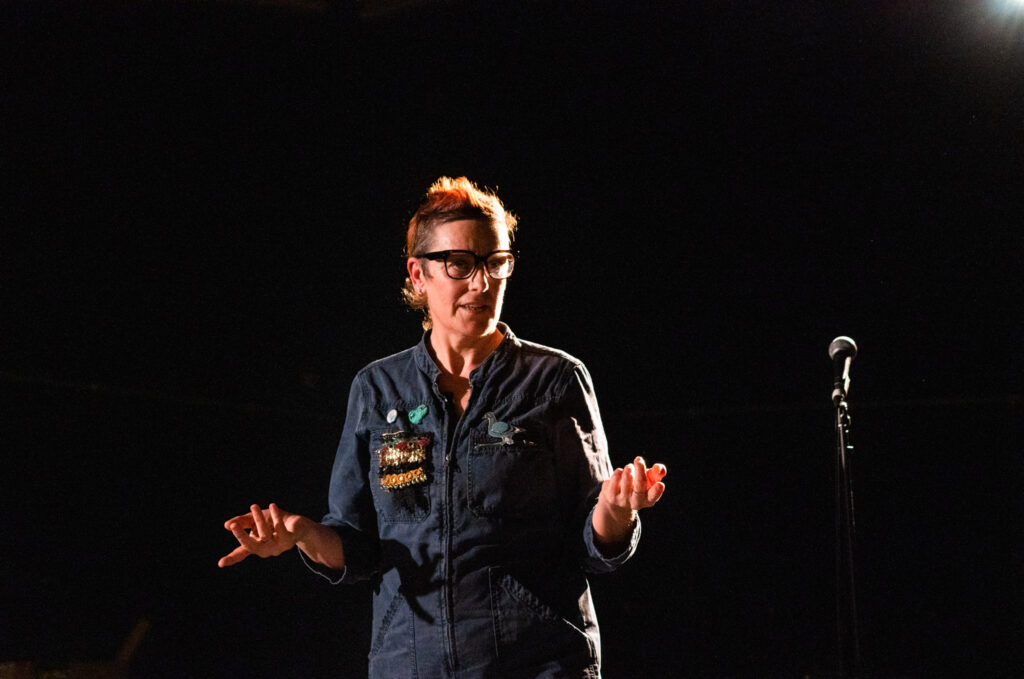Mike Hedges analyses projections of language decline and comes up with some policy recommendations
The 2011 census which showed a decline in the number of Welsh speakers compared with 2001 was very disappointing. If the decline continues at the same rate over the next thirty years only Gwynedd will have over half its population Welsh speaking in 2051 and then only by 1 per cent. Table 1 gives the projected figures.
Table 1: Projected Welsh speakers by county 20 2051 if decline continues
| Local authority |
% able to speak Welsh, 2001 |
% able to speak Welsh, 2011 |
2021 |
2031 |
2041 |
2051 |
| Gwynedd |
69 |
65.4 |
61.8 |
58.2 |
54.6 |
51 |
| Isle of Anglesey |
60.1 |
57.2 |
54.3 |
51.4 |
48.5 |
45.6 |
| Ceredigion |
52 |
47.3 |
42.6 |
37.9 |
33.2 |
28.5 |
| Carmarthenshire |
50.3 |
43.9 |
37.5 |
31.1 |
24.7 |
18.3 |
| Conwy |
29.4 |
27.4 |
25.4 |
23.4 |
21.4 |
19.4 |
| Denbighshire |
26.4 |
24.6 |
22.8 |
21 |
19.2 |
17.4 |
| Pembrokeshire |
21.8 |
19.2 |
16.6 |
14 |
11.4 |
8.8 |
| Powys |
21.1 |
18.6 |
16.1 |
13.6 |
11.1 |
8.6 |
| Neath Port Talbot |
18 |
15.3 |
12.6 |
9.9 |
7.2 |
4.5 |
| Flintshire |
14.4 |
13.2 |
12 |
10.8 |
9.6 |
8.4 |
| Wrexham |
14.6 |
12.9 |
11.2 |
9.5 |
7.8 |
6.1 |
| Rhondda Cynon Taf |
12.5 |
12.3 |
12.1 |
11.9 |
11.7 |
11.5 |
| Swansea |
13.4 |
11.4 |
9.4 |
7.4 |
5.4 |
3.4 |
| Caerphilly |
11.2 |
11.2 |
11.2 |
11.2 |
11.2 |
11.2 |
| Cardiff |
11.1 |
11.1 |
11.1 |
11.1 |
11.1 |
11.1 |
| Vale of Glamorgan |
11.3 |
10.8 |
10.3 |
9.8 |
9.3 |
8.8 |
| Monmouthshire |
9.3 |
9.9 |
10.5 |
11.1 |
11.7 |
12.3 |
| Torfaen |
11.1 |
9.8 |
8.5 |
7.2 |
5.9 |
4.6 |
| Bridgend |
10.8 |
9.7 |
8.6 |
7.5 |
6.4 |
5.3 |
| Newport |
10 |
9.3 |
8.6 |
7.9 |
7.2 |
6.5 |
| Merthyr Tydfil |
10.2 |
8.9 |
7.6 |
6.3 |
5 |
3.7 |
| Blaenau Gwent |
9.5 |
7.8 |
6.1 |
4.4 |
2.7 |
1 |
Most alarming has been the reduction in communities where over 70 and 80 per cent of the population speak Welsh. This is the proportion I believe is needed to make Welsh the community language. These projections are obviously the worst case scenario. More encouragingly, we have seen the number of 3 to 4 year olds able to speak Welsh increase from 18.8 per cent in 2001 to 23.6 per cent in 2011. This shows a continuation of the increase from 11.3 per cent in 1971 when Mudiad Ysgolion Meithren was formed. Only Anglesey has a lower proportion of 3-4 year old Welsh speakers than the proportion in the population as a whole. Table 2 gives the figures.
Table 2: Proportion of 3-4-year-olds speaking Welsh projected to 2051
| Local authority |
% able to speak Welsh in 3-4 age group 2001 |
% able to speak Welsh in 3-4 age group 2011 |
2021 |
2031 |
2041 |
2051 |
| Isle of Anglesey |
54.5 |
54.1 |
53.7 |
53.3 |
52.9 |
52.5 |
| Gwynedd |
70.9 |
73 |
75.1 |
77.2 |
79.3 |
81.4 |
| Conwy |
24.1 |
31.7 |
39.3 |
46.9 |
54.5 |
62.1 |
| Denbighshire |
19.6 |
27.6 |
35.6 |
43.6 |
51.6 |
59.6 |
| Flintshire |
10.3 |
14.4 |
18.5 |
22.6 |
26.7 |
30.8 |
| Wrexham |
11.3 |
15.4 |
19.5 |
23.6 |
27.7 |
31.8 |
| Powys |
16.9 |
25.1 |
33.3 |
41.5 |
49.7 |
57.9 |
| Ceredigion |
55.9 |
58.3 |
60.7 |
63.1 |
65.5 |
67.9 |
| Pembrokeshire |
18.8 |
22 |
25.2 |
28.4 |
31.6 |
34.8 |
| Carmarthenshire |
42.1 |
45.5 |
48.9 |
52.3 |
55.7 |
59.1 |
| Swansea |
10.5 |
14.6 |
18.7 |
22.8 |
26.9 |
31 |
| Neath Port Talbot |
16.9 |
17.9 |
18.9 |
19.9 |
20.9 |
21.9 |
| Bridgend |
10.6 |
15.3 |
20 |
24.7 |
29.4 |
34.1 |
| Vale of Glamorgan |
11.6 |
16.7 |
21.8 |
26.9 |
32 |
37.1 |
| Rhondda Cynon Taf |
16.7 |
20.3 |
23.9 |
27.5 |
31.1 |
34.7 |
| Merthyr Tydfil |
11.3 |
13.6 |
15.9 |
18.2 |
20.5 |
22.8 |
| Caerphilly |
13 |
20.7 |
28.4 |
36.1 |
43.8 |
51.5 |
| Blaenau Gwent |
8.9 |
13.5 |
18.1 |
22.7 |
27.3 |
31.9 |
| Torfaen |
11.3 |
17.2 |
23.1 |
29 |
34.9 |
40.8 |
| Monmouthshire |
7.3 |
18.2 |
29.1 |
40 |
50.9 |
61.8 |
| Newport |
9.2 |
14 |
18.8 |
23.6 |
28.4 |
33.2 |
Neither scenario, the increase predicted by extrapolating forward the 3-4 year olds able to speak Welsh, or the decline by extrapolating forward the overall census decrease is likely to occur. Many of the 3 and 4 year olds learning through the medium of Welsh will change schools to English medium or move out of Wales as adults. We will also have movement into Wales of non Welsh speakers further reducing the percentage able to speak Welsh. The growth in younger people speaking Welsh in Wales will ensure that the more pessimistic scenario does not occur as long as these numbers are maintained.
The challenge is to increase the proportion of Welsh speakers in line with the predictions from the 3-4 year olds rather than the reduction predicted by the extrapolated census data.
The current Welsh Government is doing a lot to support the Welsh language with actions such as financially supporting Mentrau iaith across Wales, language action plans, the Welsh language promotion scheme in the Aman Tawe, extra financial support for the Eisteddfod, investment in the Urdd camp at Llangranog, and the investment of £135 million delivering 17 major projects for Welsh medium schools.
Despite the Welsh Government’s current commitment and support more needs to be done. I would like to see four further policy interventions implemented:
- A guaranteed place in a flying start provision through the medium of Welsh for all eligible children whose parents request it.
- The promotion of the benefits of Welsh medium education to the parents of three year olds.
- The provision of Welsh medium youth facilities for teenagers, which will hopefully support the language use outside the school environment and ‘normalise’ the use of the language outside the classroom.
- The protection of the Welsh language being a material consideration in all planning applications which would build on the current TAN 20.
With the support of the people of Wales and the commitment of the Welsh Government we can ensure the Welsh language has a very healthy future.






Comments are closed.